Four years before the release of “The Godfather,” a nearly unknown contingent consisting of director Francis Ford Coppola and actors Robert Duvall and James Caan rolled into a western Nebraska town.
They weren’t alone. Future mega-director George Lucas, cinematographer Bill Butler and actress Shirley Knight joined them in Ogallala for the Coppola feature “The Rain People.” It was 1968, and though the resulting work received little attention at the time, it went on to play an outsized role in the evolution of Hollywood and cinema.
Three films, plus a TV miniseries, emerged from this Hollywood-Nebraska intersection, including a no-holds-barred documentary Duvall made about a rambunctious trick-riding rodeo family, the Petersons.
The film, “We’re Not the Jet Set,” premiered in New York City to good reviews but fell out of circulation due to subsequent rights issues. It paints an unvarnished family portrait, complete with coarse, politically incorrect language.
“It’s true to who we were,” said Kris Peterson Springer, who appears in the doc with her siblings, parents and paternal grandparents. “I’m in no way embarrassed or ashamed by it.”
K.C. Peterson, Kris’ brother, regards Duvall’s largely self-financed labor-of-love as a gift bestowed on the family, perhaps the ultimate home movie.
The Petersons plan to organize a public screening of it at the Prairie Theatre in Ogallala during an upcoming family reunion.
This incongruous melding of cowboy hospitality and high art originally happened by accident as the freewheeling production of “Rain People” wended its way from the East Coast to the South to the Midwest. The loose route left plenty of room for inspiration and discovery.
“We were on the road, God, for that whole picture. I had really no idea where we were going from day to day,” Caan said before his death in 2022.
Prairie Home Companions
The movie might never have ended up in Nebraska if a location scout traveling ahead didn’t happen upon Ogallala. After seeing it, Coppola decided that’s where the story would culminate. The last four weeks of shooting unfolded there.
“Once there, we felt at home and there were many good places that suited our story,” said Coppola, 84. “The people were nice and … we were all happy there.”
The schedule paralleled the fictional road trip of its pregnant protagonist, Natalie (Knight). She flees suburban housewife life for the open road, traversing Long Island, Virginia, Tennessee, Missouri and Nebraska to “find herself.” She gets involved with a brain-damaged ex-football player (Caan) and a motorcycle cop (Duvall). The maternal and romantic entanglement ends in tragedy.
Though arriving by chance, Duvall and Caan formed enduring friendships with the Petersons and another ranch family, the Haythorns. The experience also reinforced relationships among the film artists that led to alliances and projects pivotal to “New Hollywood.”
Coppola was still finding his way as a filmmaker.
Duvall, now 92, was a last minute replacement for Rip Torn.
Getting the short notice gig proved fortuitous for Duvall’s career, said Knight.
“That changed a lot of film history actually, if you think about it, because he started doing all that work with Francis.”
“Rain People” provided Caan with the most challenging role of his career until playing Brian Piccolo in “Brian’s Song.” “I was like depressed through that whole picture, mostly because of this character I played.”
Despite his discomfort, Caan said it was a great opportunity.
“Just from talking to him (Coppola), I knew he knew actors. When we started working together I knew he was something special. The guy pretty much knew about everything.”
New USC film school grad Lucas came along for the ride to document the making of the movie. His short doc chronicling “Rain People” was released as “Filmmaker – A Diary by George Lucas.”
“George’s film is excellent – he caught the spirit of this exciting trip,” said Coppola, “which for us was an adventure into filmmaking.”
Duvall and Caan remembered the quiet, scrawny Lucas wielding a camera and sound system strapped to his chest to capture behind the scenes moments.
Knight, who thought Lucas “was adorable,” took away an important lesson.
“Be nice to everybody … because that assistant could turn out to be George Lucas.”
Soon after wrapping in Ogallala, Coppola and Lucas formed American Zoetrope in San Francisco. “Rain People” was the production company’s first release. Under the Zoetrope banner Coppola produced the younger filmmaker’s first two features: “THX 1138” in 1971, starring Duvall, and “American Graffiti” in 1973.
In between the Lucas films, Coppola made “The Godfather,” then “Godfather II” and “The Conversation,” cementing his reputation as a contemporary American master.
While Coppola slogged through “Apocalypse Now,” Lucas parlayed the unexpected popularity of “American Graffiti” to turn his Saturday matinee fantasy “Star Wars” into Hollywood’s biggest franchise and the foundation of his LucasFilm-SkyWalker Ranch production and effects empire.
“George Lucas was, and still is, like a younger brother to me. I knew early on he was a great talent, and though a different personality to my own, one that was very helpful and stimulating to me,” Coppola said.
The emergence of Coppola and Lucas marked a new wave encroaching on the failing old studio system out of touch with counter-culture youth audiences. Though “Rain People” did little business and received lukewarm reviews, it served as a bridge project for those involved.
Butler, the cinematographer, contributed to “The Godfather” and replaced Haskell Wexler on “The Conversation.” He went on to photograph “Jaws” for yet another film school “brat,” Steven Spielberg.
“Rain People” led Coppola to cast Duvall in “The Godfather” films, “The Conversation” and “Apocalypse Now” and to cast Caan in the first “Godfather” and later in “Gardens of Stone.”
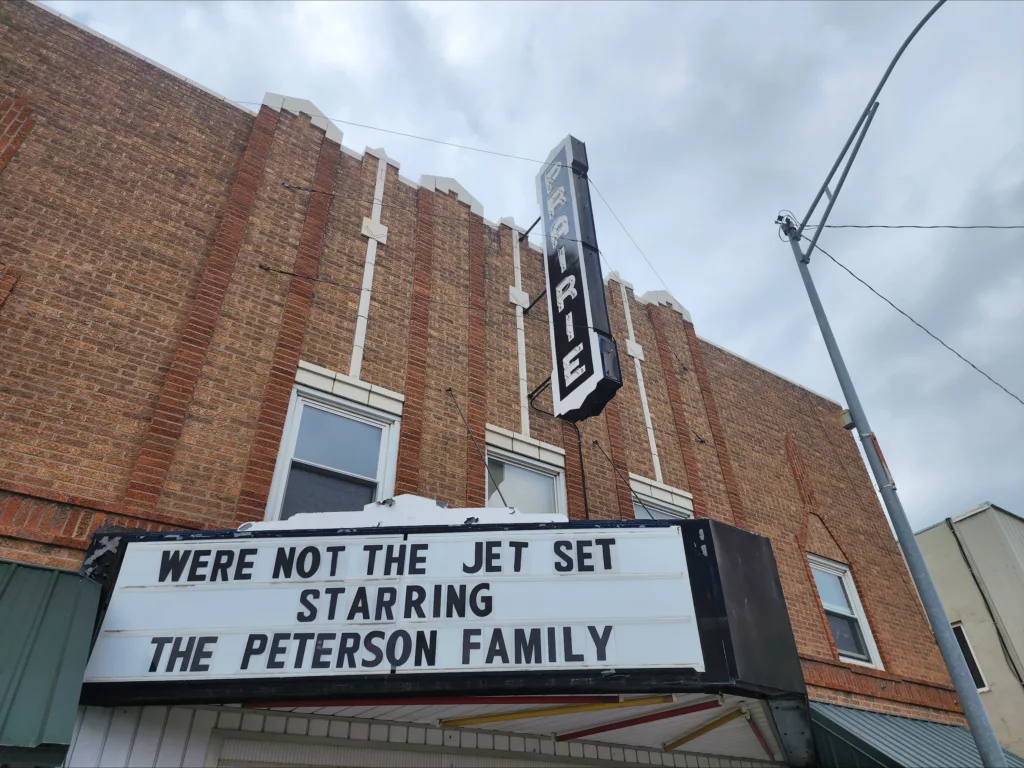
“I liked working with them very much, and yes, they were on all the early lists of names for ‘The Godfather,’” Coppola said.
“George (Lucas) got to meet Bobby and knew he should be in ‘THX 1138,’” he added.
The many crosscurrents resulting from “Rain People” were rare for an art film, said film scholar Thomas Schatz, emeritus chair of the Department of Radio-Television-Film at the University of Texas at Austin and the author of “Hollywood Genres.”
“The Rain People” was part of “a strain of offbeat off-Hollywood road movies” that served as “character studies of American nomads, inward journeys of discovery and aimless travelogues through the American outback,” said Schatz, an Omaha native.
The 1969 movie marked the start of Coppola banding together collaborators who would join him in “his later assault on mainstream Hollywood,” Schatz added.
It is now regarded as an important early work by Coppola, who counts it among the favorites of his own films.
“It has value, I think, beyond being an early film of mine,” he said, “but as one of the first films to touch on the theme of ‘women’s liberation.’”
Knight, who was actually pregnant by the time shooting commenced, embraced Coppola’s freewheeling vision.
“I think what was happening with women at that time was they were coming out of the ’50s as lovely housewives in aprons into an era when women were becoming doctors and lawyers, entering politics and becoming independent,” Knight said. “Natalie was caught up in that.”
Not Your Everyday Family
All the movie people met locals, but Duvall and Caan got to know them personally. The actors encountered a scene straight out of the movies when they met the tough and colorful ranchers.
Fade in on a 1968 summer day in Ogallala. The sleepy agricultural and former railroad hub had been largely bypassed by the nation’s social-political churn except for some of its boys going off to Vietnam. Cut to the arrival of a small caravan of cars, vans and trucks whose occupants marked them instantly as outsiders.
Word traveled fast about these long-haired strangers with lights, cameras, cables and big city ways. It wasn’t long before Duvall and Caan, both admirers of the West and horses, asked around where they could find some mounts. They were directed to the Peterson’s circle pen just outside of town.
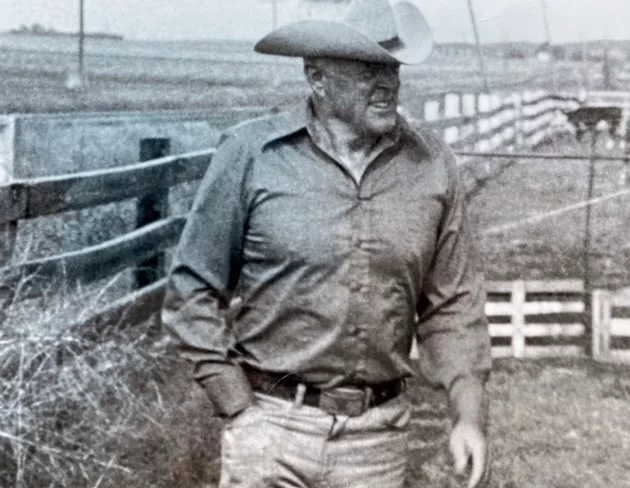
Duvall still remembers the day and their encounter with the family patriarch, B.A. Peterson. He invited them to come down and ride horses any time … just before asking – in colorful language and in the same breath – if they were having any luck in town.
Duvall recognized a cinematic family when he saw one.
“Oh, boy, a very unique family, a rodeo circus mentality. They were kind of an identity unto themselves even in that small community I think.”
The actors came back to ride, rope and swap stories. Duvall and Caan moved into The Lazy K next to the Peterson spread. They bought cowboy boots and had one of the Peterson brood, K.C., polish them. K.C. said he and his family took an instant liking to the actors. The family made quite an impression on them.
“There were some pretty rough and tumble people back then,” said Duvall.
“Yeah, they were a wild group,” Caan confirmed. “They would fight in the middle of the living room, and, oh boy, I mean fist fight, and he’s (B.A.) sitting back in a chair saying, ‘Now, no hitting in the face’ Those were the rules.”
“We had good times together. You’d tell B.A. a joke and he’d laugh for five minutes. He had a great sense of humor, that guy,” recalled Duvall.
K.C. said his father “didn’t care what he said to anybody, he didn’t care who you were. He didn’t let us call him daddy, you called him B.A. The film brought everything out about him.”
Duvall, cinematographer Joseph Friedman and sound man Stephen Mack, who also edited the film, captured the family in all their raucous reality – the politically incorrect language, rowdy behavior and all.
“We let it come from them. It’s their life,” Duvall said.
K.C. said his father could read a person and he trusted Duvall, giving him unbridled access to family without fear of misrepresentation or exploitation.
“Bobby wasn’t going to change it, he was just going to put it out there how it was,” said K.C. “You won’t see another film like it, it’s totally different.”
Duvall said he wouldn’t call the film “a pure documentary because there were certain scenes we set up … but it’s what they do and so it comes out of pretty pure behavior.”
K.C. recalled Duvall at his family’s house “all the time.” He stayed in the motel next door and would bring his wife and step-daughters to the Peterson place.
“My mom would have them sit down for a meal. She’d just feed them all. Then the next thing you know Bobby would say, ‘Hey, we need to film this.’ Bobby and crew followed us everywhere. You never knew when they might turn on a camera. And that’s kind of how it went. ”
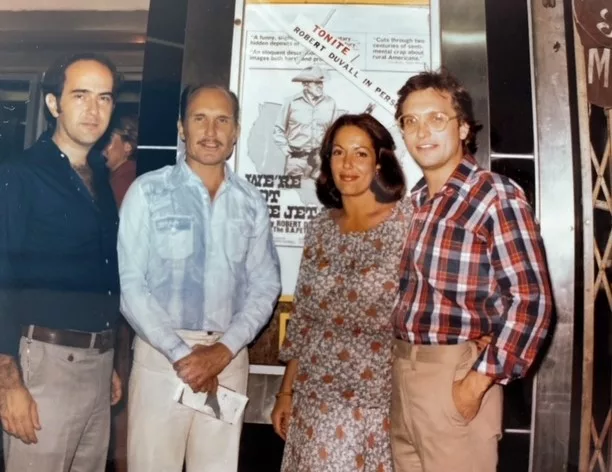
After sharing so many intimate scenes together, Duvall was like a family member. At his invitation, some Petersons even visited him on the “The Godfather” set.
“Jet Set” film locales include the Peterson home near the South Platte River and open rangeland. Events depicted include a cattle branding, a wild west show, the Nebraskaland parade in downtown North Platte, a graduation and an amateur boxing match. Long-gone sites figure prominently in “The Rain People,” including the Lazy Skyline Drive-In and Reptile Ranch. A house fire in Brule also makes quite a scene.
North Platte Telegraph reporter Todd von Kampen, an Ogallala native, said the Coppola film “really does capture the Ogallala I knew from my childhood.”
Ride ‘Em, Cowboy
For Duvall and Caan, western Nebraska’s influence didn’t end with “The Rain People” or “We’re Not the Jet Set.”
Trail-drive tales told by Walt “Waldo” Haythorn, a fellow rancher and friend of B.A. Peterson, informed Duvall’s 2006 mini-series “Broken Trail.”
“Being around those people, the real thing, that helped me when I went on to do things … especially my favorite part, Augustus McCrae in ‘Lonesome Dove’ and ‘Broken Trail,’” said Duvall, a National Cowboy and Western Heritage Museum Lifetime Achievement Award winner.
Caan took up Denny Peterson on an offer to join him at the Haythorns for a herding and branding.
“Boy, that was some experience. It’s a great tradition actually. These guys come from all over, the neighboring ranchers, like the Petersons. And then all the wives, boy what a feast they put out. A spread for all the hands. By four o’clock … I was done, I was hurtin’ boy.”
On the last day of the four-day branding, Caan was accorded the honor of roping. “You’re tied onto your saddle and rope these big old calves out of the herd and drag ’em by the pit. I was flanking ’em and spread-eagling for two or three days.”
Caan got so into working cowboy ways he began entering weekend roping events. “It was just in my blood,” he said.
Eventually, studios banned him from competing due to injury risk. He credits his interest in ranching with forming the foundation for “Comes a Horseman,” a western he produced and starred in with Jane Fonda.
After “The Godfather” Caan and Duvall re-teamed on Sam Peckinpah’s “The Killer Elite” and remained best friends until Caan’s death. Caan felt their shared “blatant honesty” and ability to make each other laugh contributed to their strong on-screen chemistry.
Members of the Peterson clan leveraged their horsemanship into becoming in-demand Hollywood animal trainers and wranglers.

K.C. worked on the Duvall film, “Geronimo: An American Legend.” Older brother Rex Peterson has a list of credits ranging from “The Black Stallion” to “The Horse Whisperer” to “Hidalgo” to “1883.”
“He’s the most like his dad I guess of the guys I know. … He ain’t got time for a lot of how ya’ doins and stuff,” Duvall said.
Peterson has helped make many A-list actors look proficient on horseback, including Viggo Mortensen, whom he worked with on “Hidalgo”. Peterson’s iconic Stetson hat and handlebar mustache are his trademark look, though he’s rarely “hunted” the camera to get on screen himself, even when Duvall shot “Jet Set.”
He did, however, relent for a close-up in the 2021 miniseries “1883” and for a small part in the new Mortensen western “The Dead Don’t Hurt.”
And he’s the subject of an in-progress documentary project by Paul Brozen, “Hats, Horses and Hollywood – The Rex Peterson Story.”
Duvall is quick to note that he doesn’t deserve credit for the Petersons’ successful entry into Hollywood. “They totally got that on their own,” he said. But the legendary actor is glad the family still treasures the film he made about them.
“It’s very moving to hear that,” he said, “because you never know if they’re going to accept something real.”
The Flatwater Free Press is Nebraska’s first independent, nonprofit newsroom focused on investigations and feature stories that matter.

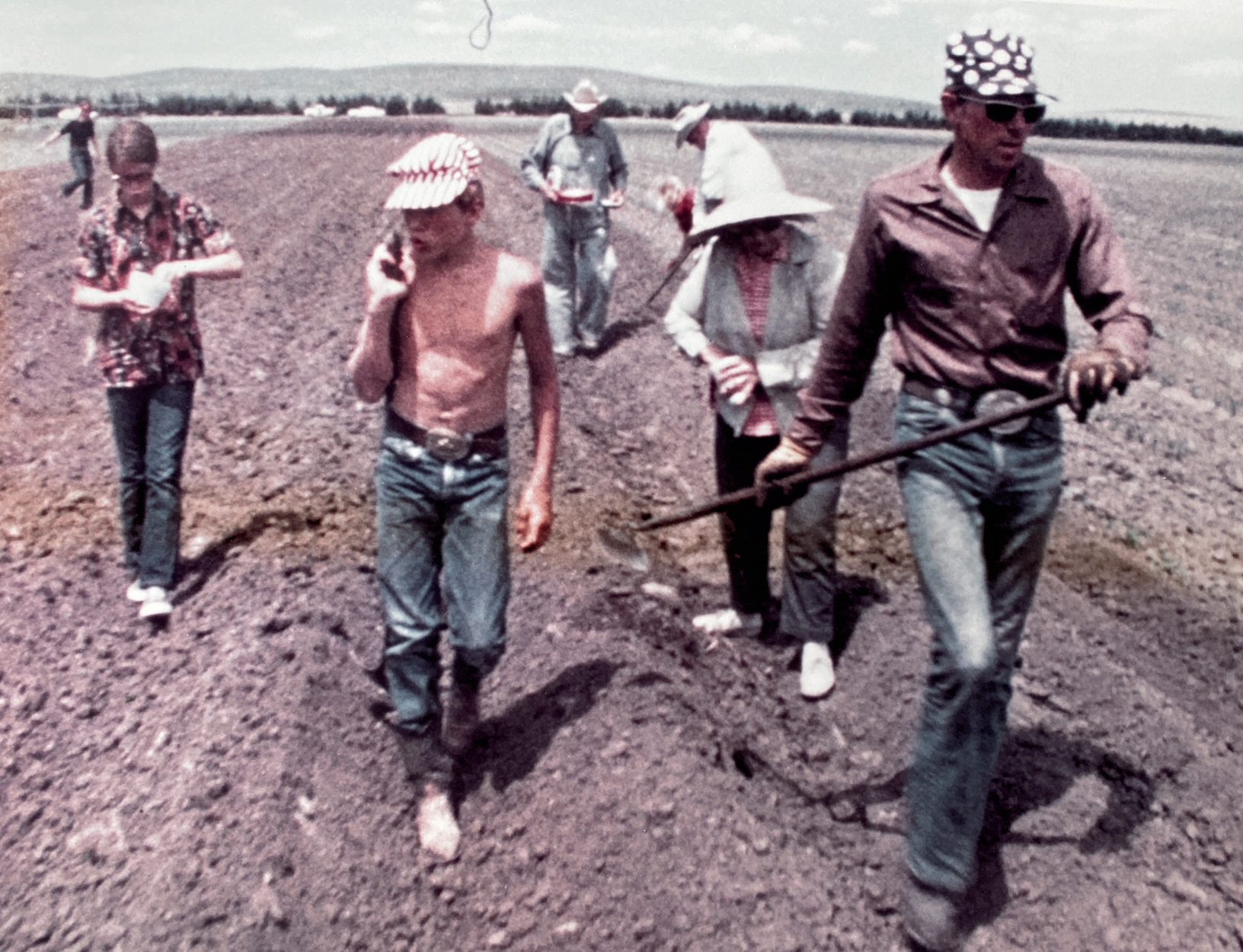
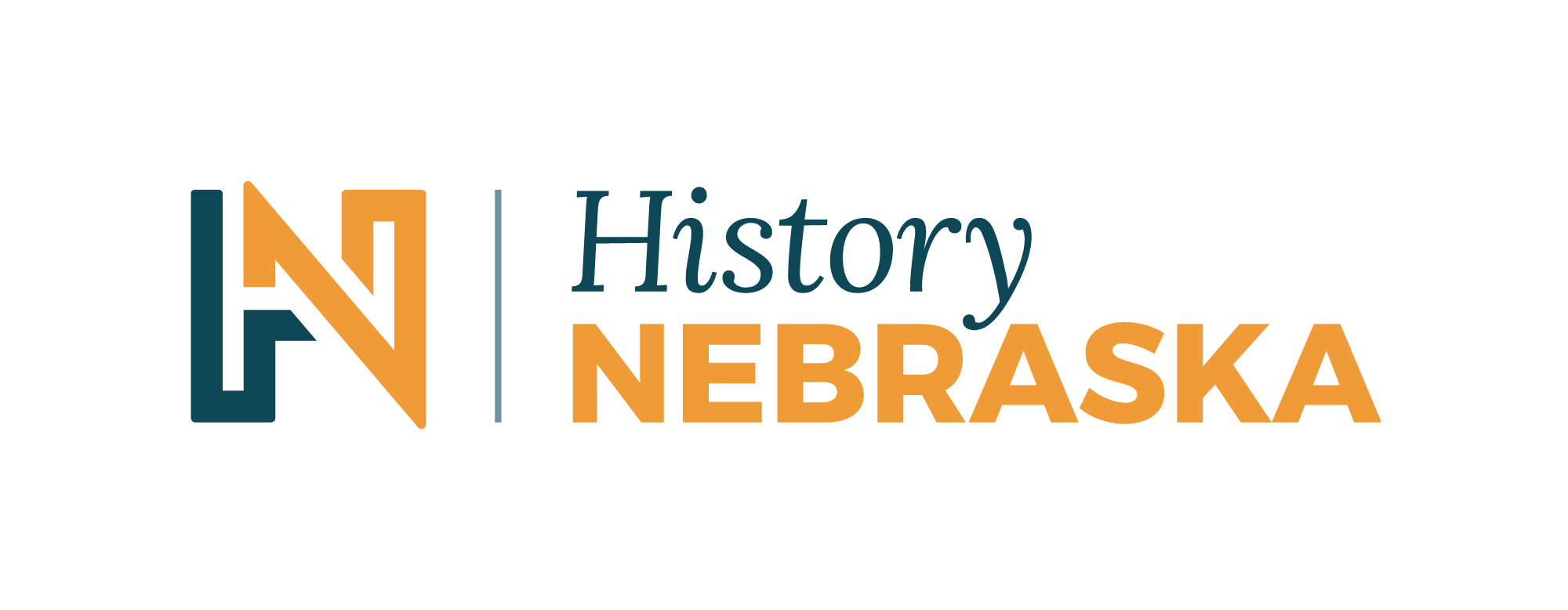
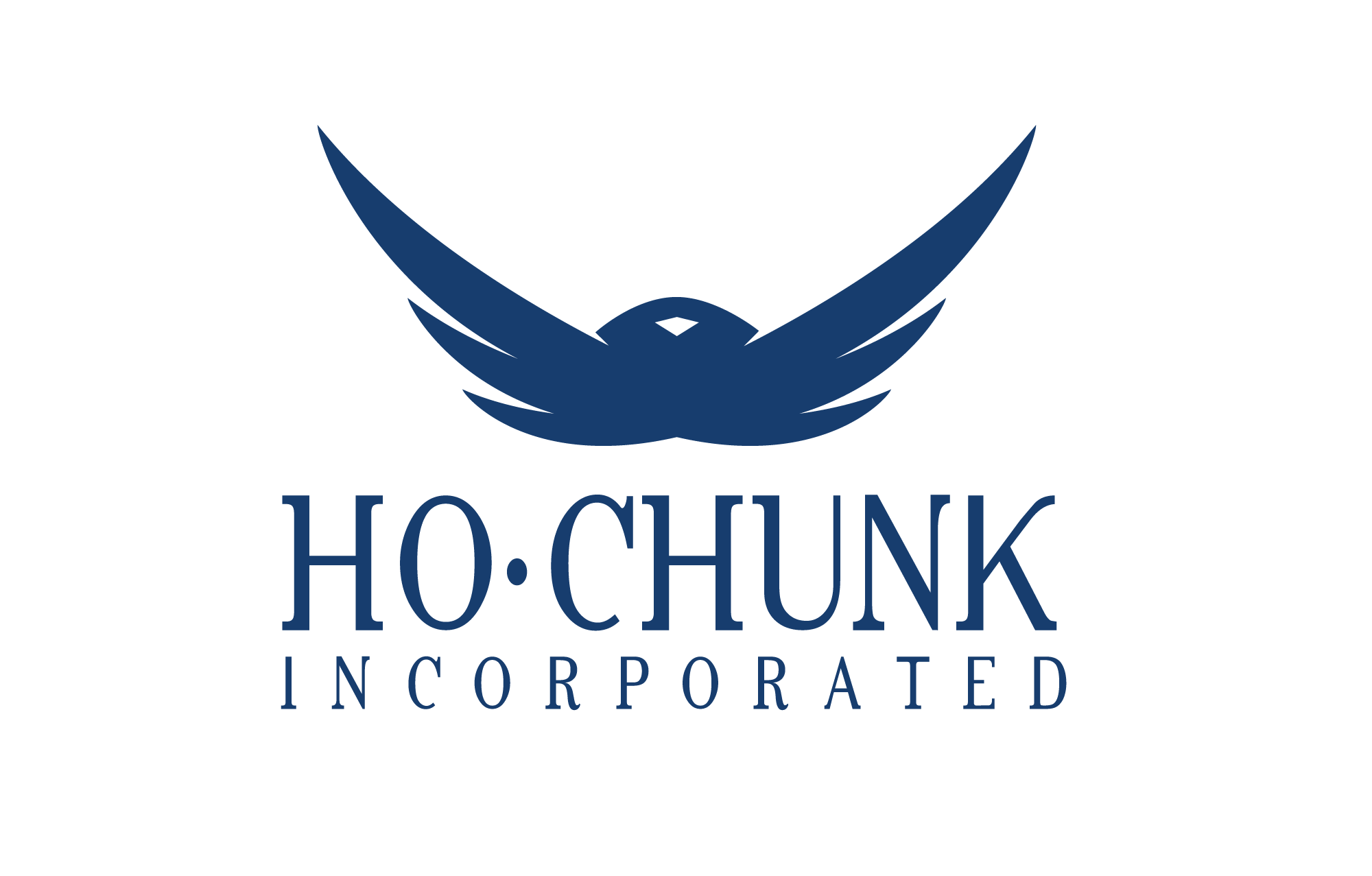

12 Comments
Thank you Leo Adam Biga for this report, thank you Robert Duvall for jump starting my film career but most of all thank you the Peterson Family… We’re Not The Jet Set.
Very good
Wow!! What a story.. such an intertwining of lives and talent all from Oglala! I had no idea of the background of these talents.
Fascinating insight into Western Nebraska’s history and contributions to American culture.
Having grown up in small towns in Nebraska and Iowa, what you see is what you get. Real honesty and if they trust you the people will show you their souls. Beautiful article.
Really enjoyed the story, sad to hear James Caan passed, glad DuVal is still around. People from a town named after the Ogalala Sioux can’t be all bad. Friendship & Caring go a long way
I have loved all of these newer, real life cowboy movies. Lonesome Dove is my favorite. It’s because of how real it seems. The little newances Duvall and Jones both do keep me glued to the screen. I would love to see the Ogalala movie of the Peterson family.
Very interesting. Real people playing a big part in Hollywood productions—and actually influencing them. Hollywood needs more real people integrated into its work.
I loved this story and Big a told it so well. The Old West and it’s people and traditions are alive and well.
Cool article with excellent research. Big lessons about life and relationships over time. Also, a lesson in respect for fellow filmworkers; everybody is an up and coming somebody.
Have spent a good bit of time in Nebraska and Iowa on road trips between Denver and the East Coast over the last 36 years. Impressions and experiences of previous commentators are very accurate.
So glad this story appeared. I worked at KOGA radio in Ogallala when they shot “The Rain People”. Got to know Duvall and Caan. My wife was too bashful to meet Caan at a softball game and our station had a big part in the reptile farm riot. The whole town was excited to have them.